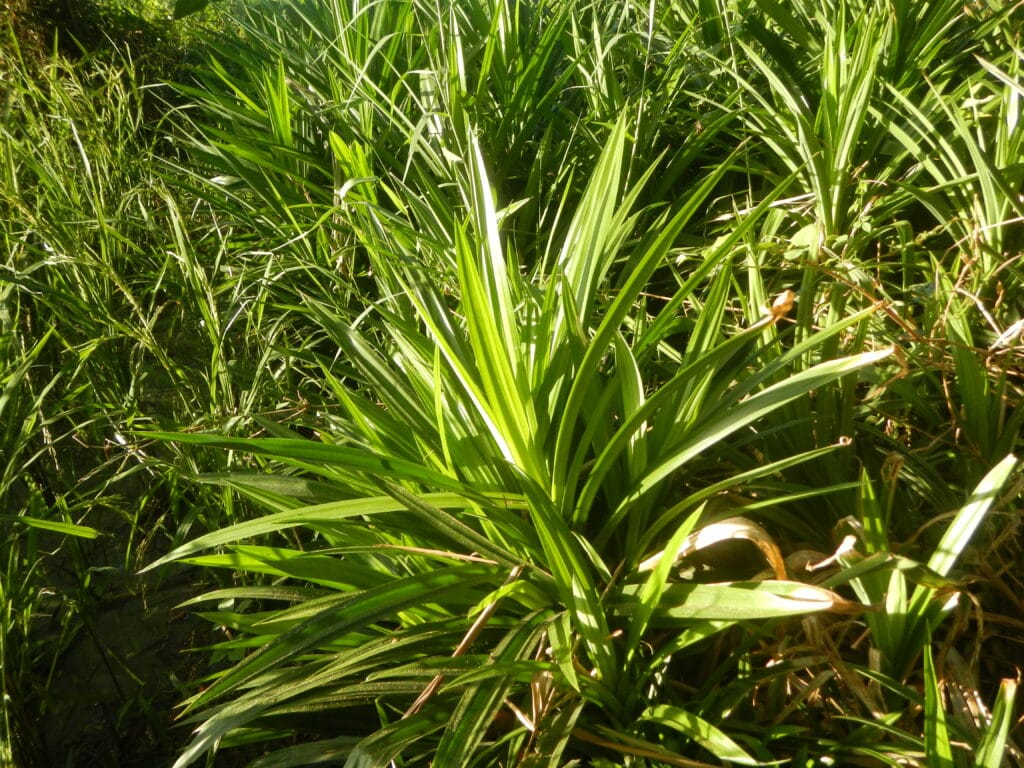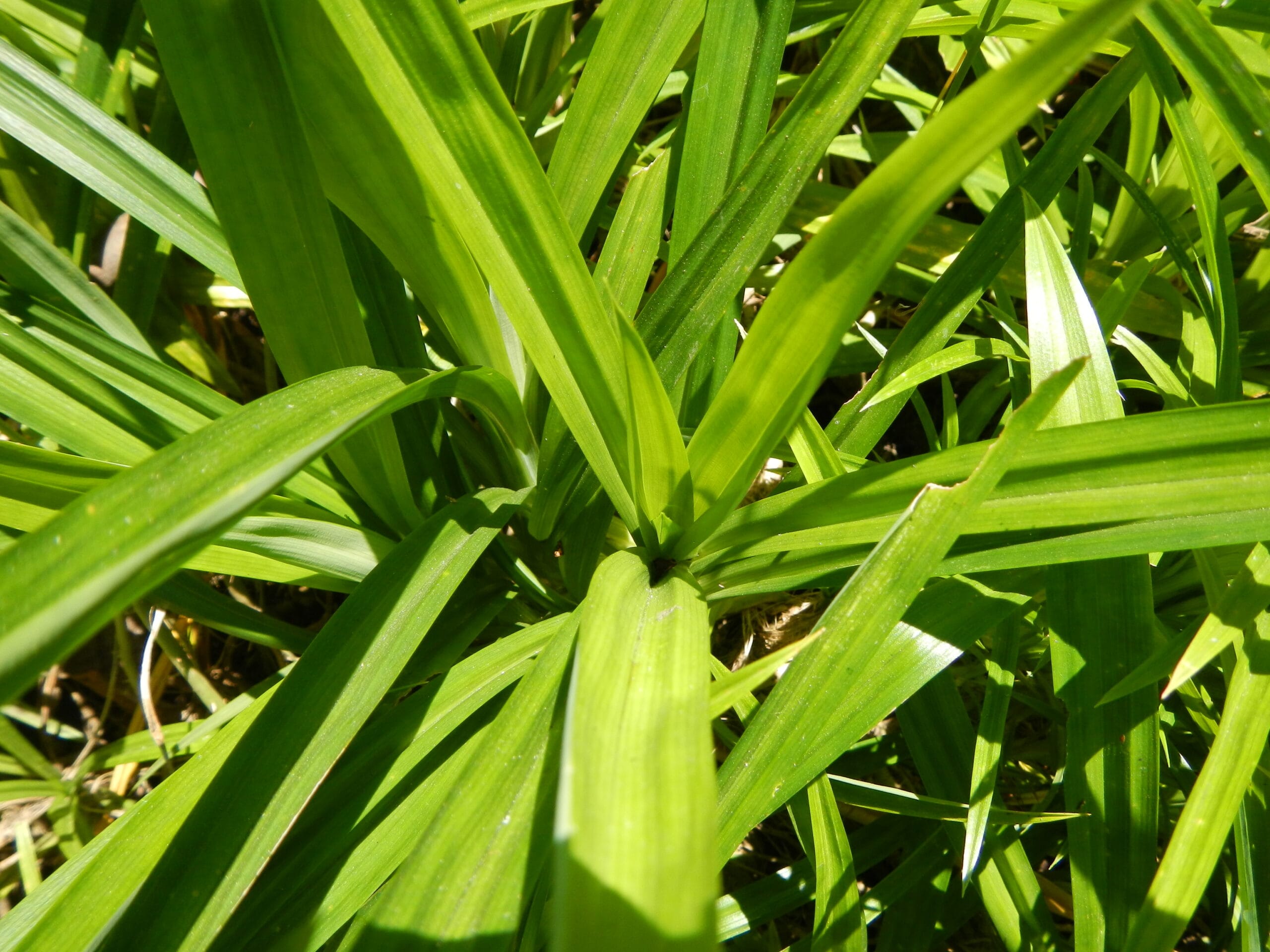Abstract
Pandan Lalaki (Pandanus amaryllifolius), a fragrant tropical plant native to Southeast Asia, is renowned for its versatile benefits.
This article explores the benefits of pandan lalaki and its historical significance, environmental contributions, culinary uses, and economic impact. With its distinctive aroma and rich nutrient profile, Pandan Lalaki serves as a cultural and practical treasure.
However, its conservation faces challenges that demand attention to preserve this plant for future generations.
Introduction
Pandan Lalaki, scientifically known as Pandanus amaryllifolius, is a cherished plant in Southeast Asia, celebrated for its multifaceted benefits.
Its leaves are renowned for their sweet, grassy aroma and their ability to enhance the flavor and fragrance of a wide array of dishes.
Beyond its culinary applications, the plant holds significant medicinal and cultural value. It has been traditionally used to treat common ailments, improve well-being, and even repel insects naturally.
Its versatility and sustainability make it an indispensable part of many households and a symbol of cultural heritage.
This article aims to uncover the myriad benefits of Pandan Lalaki while emphasizing the need for its conservation.
History Of Pandan Lalaki
The history of Pandan Lalaki is deeply intertwined with the traditions and lifestyles of Southeast Asian communities.
This plant has been cultivated and used for centuries, with its significance documented in ancient texts and oral histories.
In many cultures, Pandan leaves were not only used as a flavoring agent but also as an offering in spiritual rituals, symbolizing prosperity and protection.
In traditional medicine, it was revered for its healing properties and included in herbal preparations to treat various ailments.
Over time, its popularity spread beyond its native region, and today, it is a globally recognized ingredient in both culinary and medicinal contexts.
The enduring legacy of Pandan Lalaki reflects its adaptability and the deep respect people have for its contributions to their lives.
Characteristics Of Pandan Lalaki
Pandan Lalaki is a small shrub-like plant with long, narrow, and blade-shaped leaves that exude a sweet, grassy aroma.

It thrives in tropical climates, favoring moist and well-drained soils. The plant is easy to cultivate and often grown in home gardens for its utility and fragrance.
Environmental Benefits
Pandan Lalaki contributes to environmental sustainability in various ways:
- Soil Erosion Control: Its root system stabilizes soil, reducing erosion in tropical areas.
- Air Quality Improvement: The plant’s foliage absorbs pollutants, enhancing air quality.
- Biodiversity Support: It provides habitat and food for certain insects and small animals.
Benefits Of Pandan Lalaki
Here are some of the benefits of pandan lalaki:

Medicinal Benefits
- Anti-inflammatory Properties: Extracts from its leaves help reduce inflammation.
- Pain Relief: Used traditionally to alleviate headaches, arthritis, and minor pains.
- Antioxidant Effects: Rich in compounds that combat oxidative stress.
- Blood Sugar Regulation: Some studies suggest it may help in managing blood sugar levels.
- Detoxification: Known for its ability to flush toxins from the body.
Nutritional Benefits
Pandan leaves contain essential vitamins and minerals, such as:
- Vitamin C
- Beta-carotene
- Calcium
- Potassium, which supports heart and muscle health.
- Phytochemicals that enhance immune system functionality.
Other Benefits
- Mood Enhancer: The aroma is known to have a calming effect, reducing stress and anxiety.
- Natural Deodorizer: Its scent neutralizes odors in homes and vehicles.
- Insect Repellent: Effective in repelling cockroaches and other pests.
Uses
- Culinary Applications: Enhances flavor and aroma in desserts, rice dishes, and beverages.
- Aromatic Use: Incorporated into perfumes, air fresheners, and sachets.
- Traditional Medicine: Utilized in teas and poultices for therapeutic purposes.
Economic Significance
Pandan Lalaki plays a vital role in local economies:
- Agricultural Value: Widely cultivated for its leaves.
- Export Potential: Leaves and extracts are in demand internationally.
- Cottage Industries: Integral to small-scale businesses producing pandan-based products.
Market
The market for Pandan Lalaki includes:
- Food Industry: Culinary ingredients and flavoring agents.
- Health and Wellness: Herbal teas, supplements, and essential oils.
- Home Goods: Scented products like candles and sachets.
Conservation and Challenges
Challenges
- Overharvesting in some regions.
- Habitat loss due to urbanization.
Conservation Efforts
- Promoting sustainable farming practices.
- Encouraging home gardening.
Interesting Facts About Pandan Lalaki
Here are some Interesting facts about pandan lalaki:

- Pandan leaves are often used to repel insects naturally.
- The plant is sometimes called the “Asian vanilla” due to its widespread culinary use.
- In some cultures, Pandan leaves are woven into intricate shapes for decorative purposes.
- The leaves can be used to create eco-friendly packaging for food.
- Pandan essence is a common ingredient in Asian perfumes and soaps.
Culinary Uses Of Panda Lalaki
Pandan Lalaki is a major ingredient in Southeast Asian cuisine:

- Infused into rice dishes, such as pandan rice.
- Incorporated into desserts like pandan cake and jelly.
- Used in refreshing drinks, such as pandan tea or pandan-infused water.
Nutritional Benefits
Pandan leaves are a source of:
- Dietary fiber.
- Antioxidants that support immune health.
- Compounds promoting heart health.
Traditional Dishes
- Kakanin: A Filipino sticky rice dessert.
- Pandan Chicken: A savory Thai dish.
Caution
While Pandan Lalaki is generally safe, moderation is key. Excessive consumption may lead to mild gastrointestinal discomfort in some individuals.
Those with allergies or sensitivities should exercise caution and consult a healthcare provider before use. Pregnant or breastfeeding women should seek professional advice before incorporating it into their diet, as its effects on pregnancy are not thoroughly studied.
Additionally, ensure the plant is free from pesticides or contaminants before using it for consumption or medicinal purposes.
Conclusion
Pandan Lalaki (Pandanus amaryllifolius) is a plant of immense cultural, nutritional, and economic value.
Its wide array of benefits and uses underscores its importance in Southeast Asian traditions and beyond. From enhancing the flavor of dishes to providing medicinal and environmental benefits, this plant is truly versatile.
However, as its popularity grows, so does the need for sustainable cultivation and conservation efforts.
By preserving Pandan Lalaki through responsible practices, we can continue to enjoy its remarkable contributions to our lives while safeguarding its future for generations to come.
Also Read: Benefits of Teak Tree (Tectona grandis) History, Benefits, facts, Uses and Safety
Well, what do you think about the article?
Did you enjoy reading “Benefits of Pandan Lalaki (Pandanus amaryllifolius) History, Benefits, Uses and Safety“?
We really hope that you have found this article informative and engaging. If you have any thoughts or comments about this post, please feel free to share them in the comment section below. We appreciate your feedback and would be glad to hear from you.
To see more content like this check the gardening section of Money For My Beer.

